Hanoi Incident — What if you put your hand in a particle accelerator?
When matter is subjected to a particle beam, several possible outcomes can occur depending on various factors such as the energy and intensity of the beam, the properties of the target material, and the specific interaction processes involved. Here are some of the potential effects:
1. Ionization: Particle beams typically consist of charged particles, such as protons, electrons, or ions. When these particles interact with atoms in the target material, they can transfer energy to the atoms, leading to ionization. This process involves the removal of one or more electrons from the atoms, resulting in the formation of positively charged ions.
2. Excitation: Particle beams can also excite atoms in the target material, causing their electrons to move to higher energy levels. When these excited electrons return to their ground state, they may emit photons of light in the form of fluorescence or phosphorescence, depending on the specific electronic transitions involved.
3. Scattering: Particles in the beam can undergo elastic or inelastic scattering when they collide with atoms in the target material. Elastic scattering occurs when the kinetic energy and momentum of the colliding particles are conserved, while inelastic scattering involves the transfer of energy between the colliding particles. Scattering processes can lead to changes in the direction and energy of the particles in the beam.
4. Nuclear Reactions: At sufficiently high energies, particle beams can induce nuclear reactions in the target material. These reactions may involve the emission or absorption of particles, the creation of new isotopes, or the transformation of one element into another. Nuclear reactions can produce significant changes in the composition and properties of the target material.
5. Damage and Modification: Intense particle beams can cause physical damage to the target material, such as the displacement of atoms from their lattice positions, the creation of lattice defects (e.g., vacancies, interstitials), and the generation of structural imperfections (e.g., dislocations, grain boundaries). These effects can alter the mechanical, electrical, and optical properties of the material.
6. Heating: Particle beams can deposit energy into the target material, leading to localized heating. This heating effect can be significant, especially at high beam intensities and repetition rates, and may result in thermal expansion, phase transitions, or even melting of the material.
Overall, the interaction of matter with a particle beam is a complex process that depends on multiple factors and can lead to various physical and chemical effects. Understanding these interactions is essential for many applications of particle beams, including materials processing, surface modification, particle physics research, and medical therapy.
“Nothing with mass can travel at or beyond the speed-of-light.”
Estimated 30,000 particle accelerators worldwide, as of 2023.





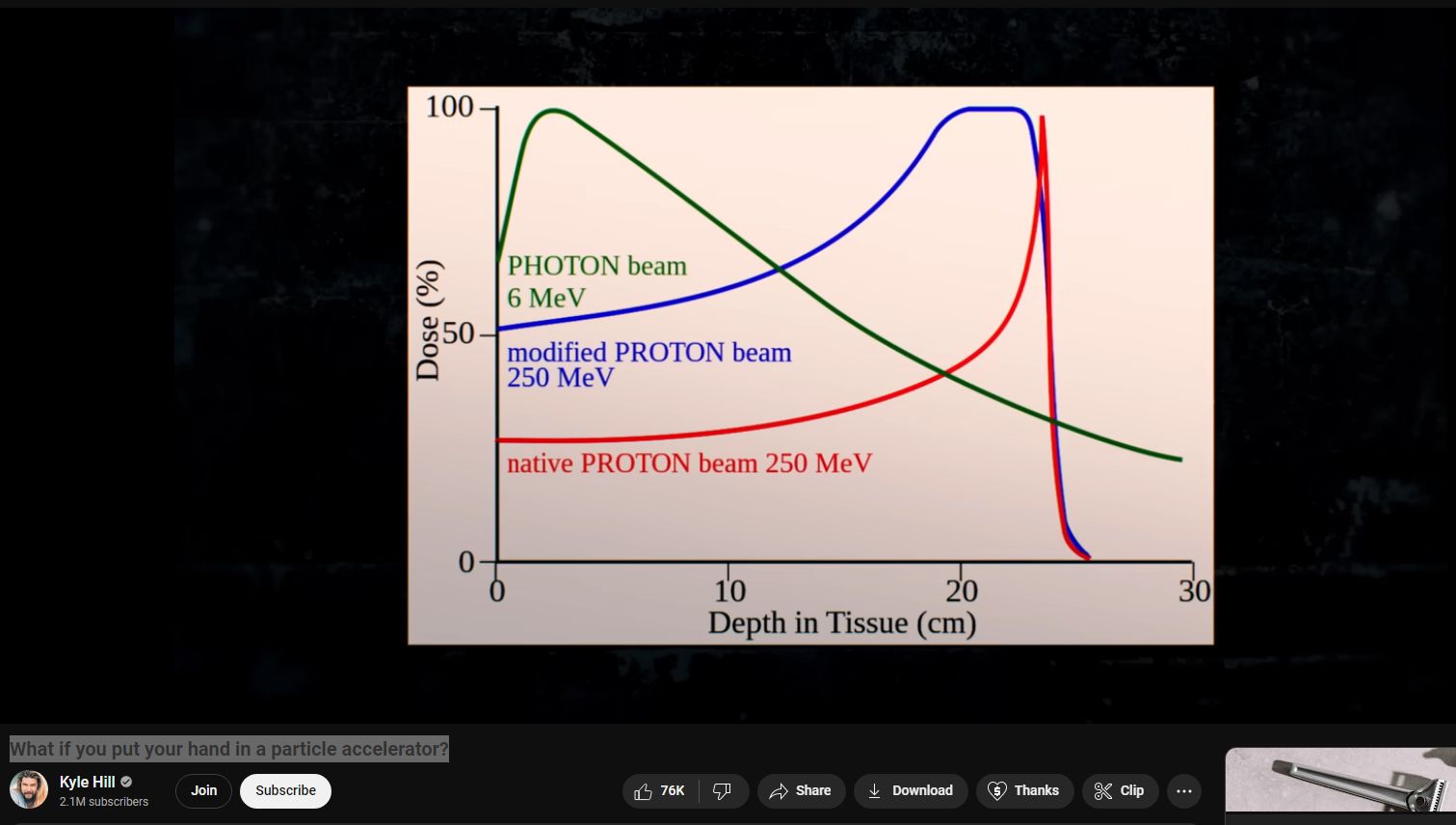
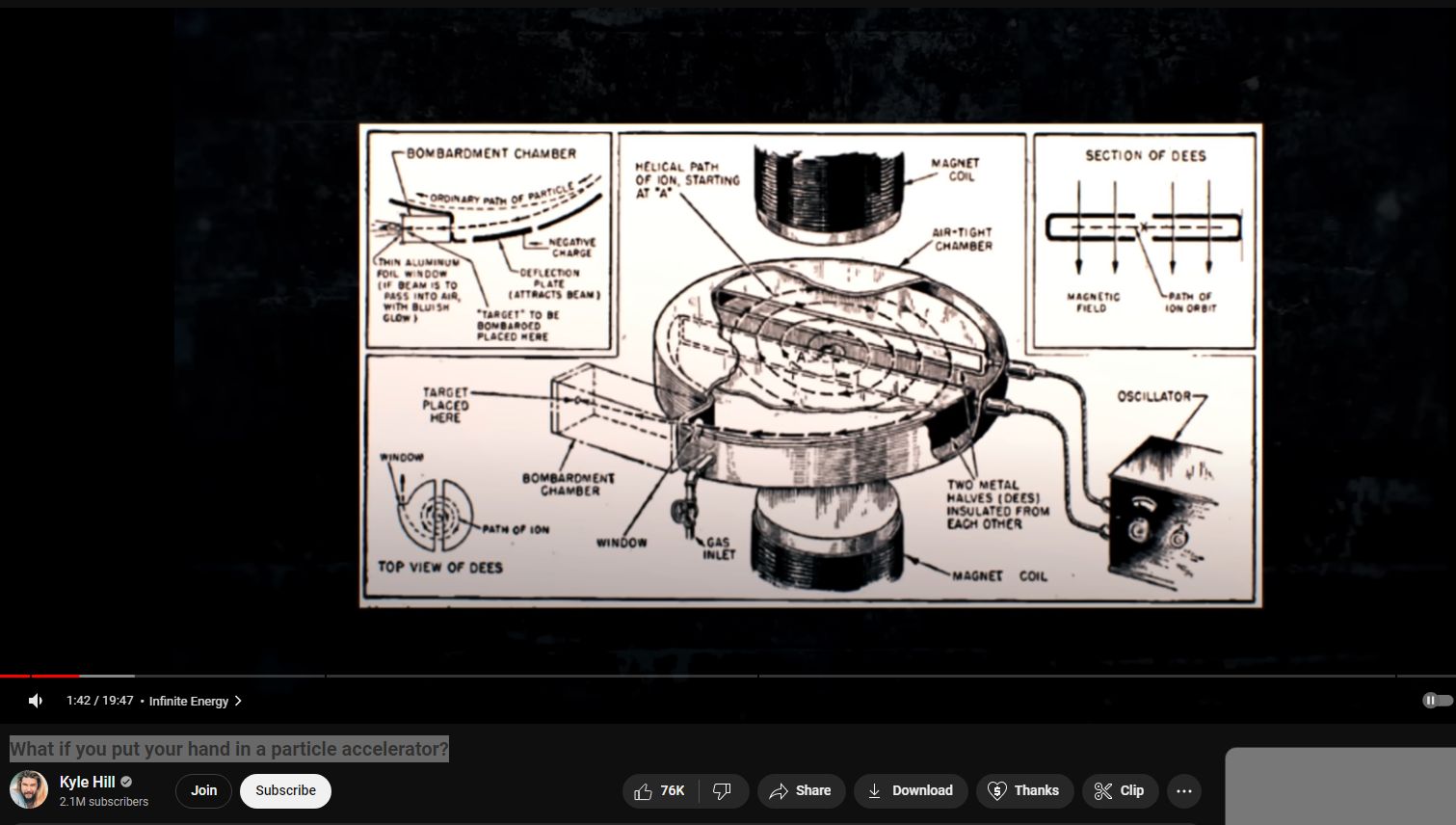

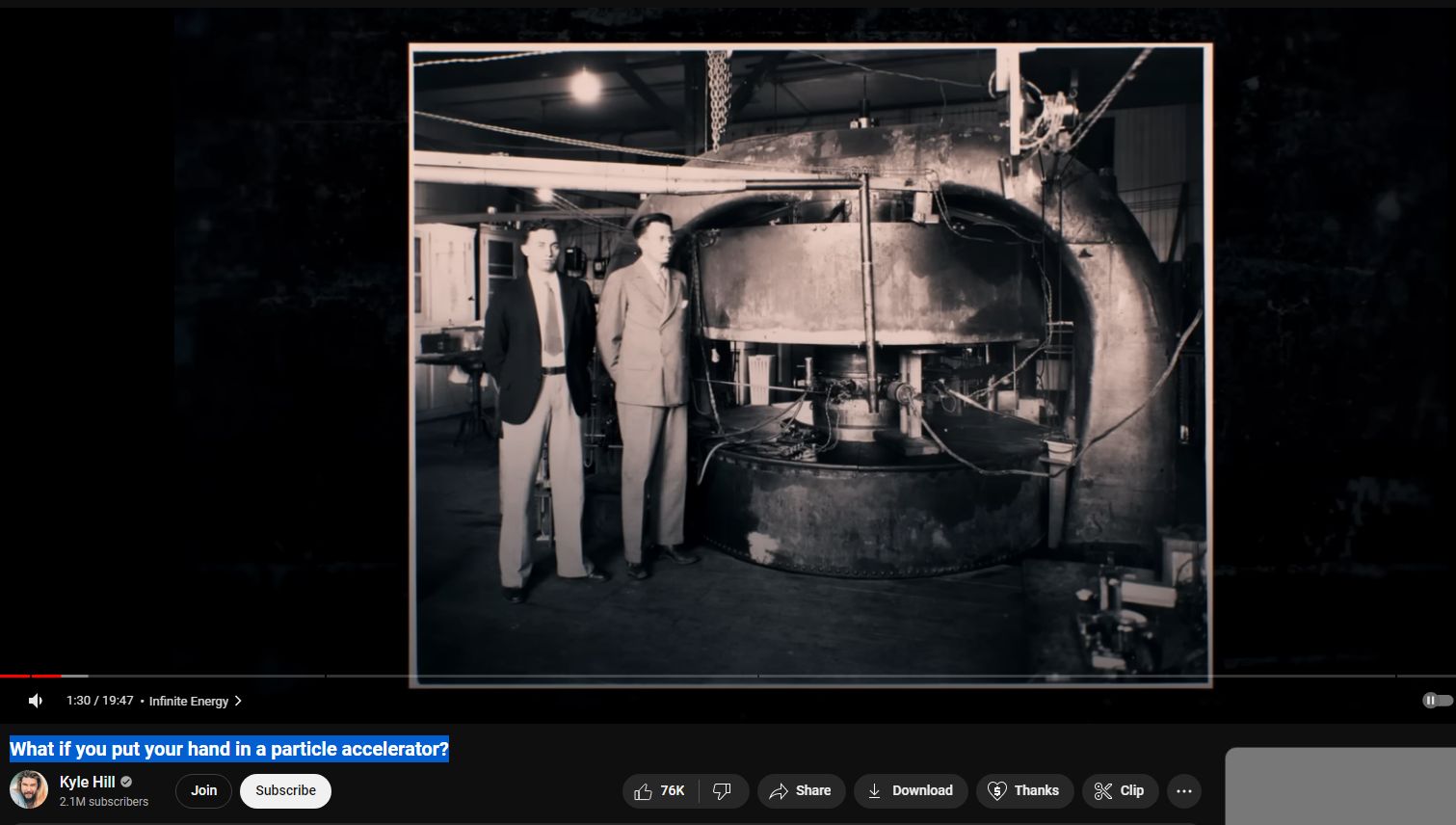
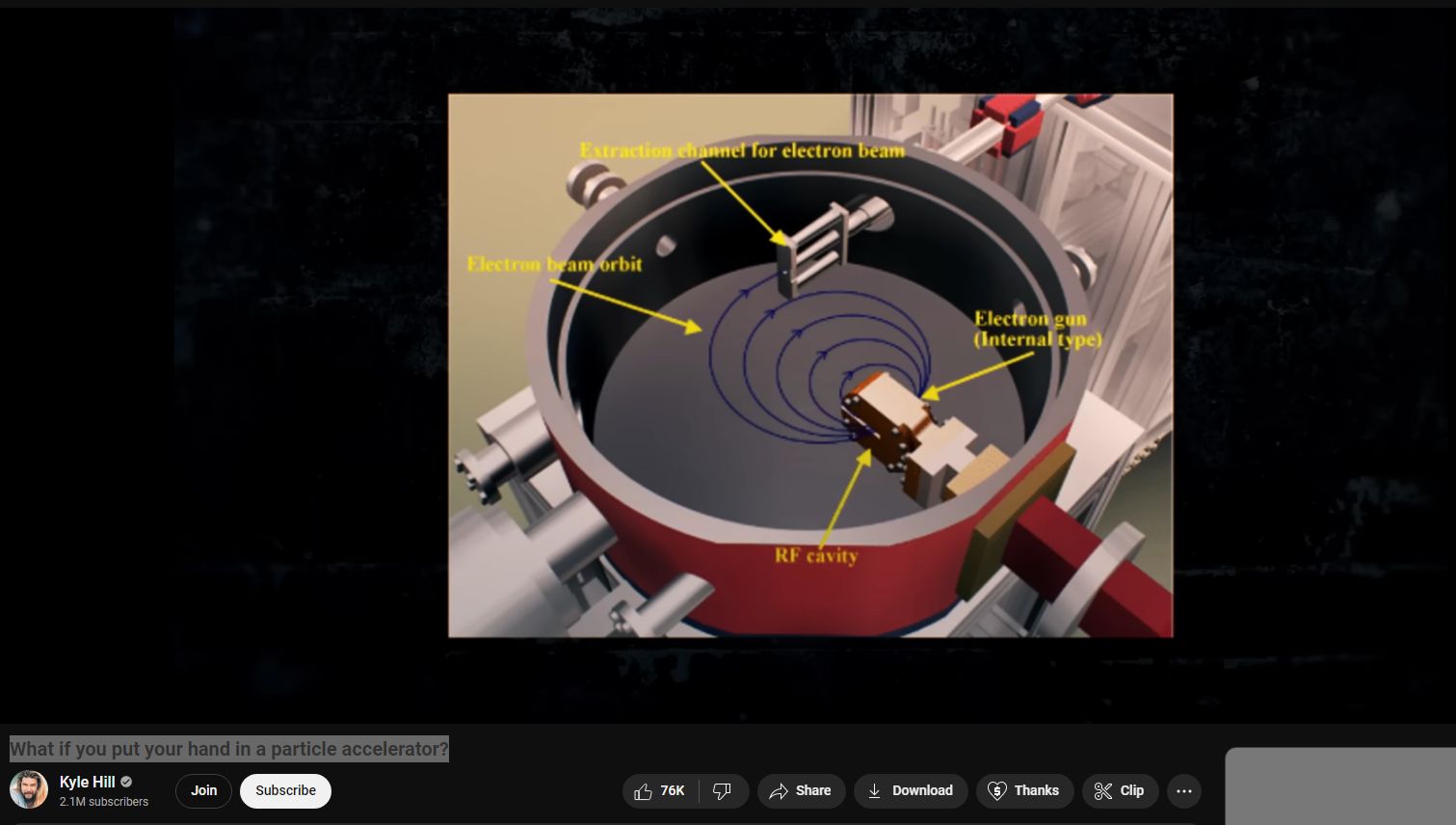
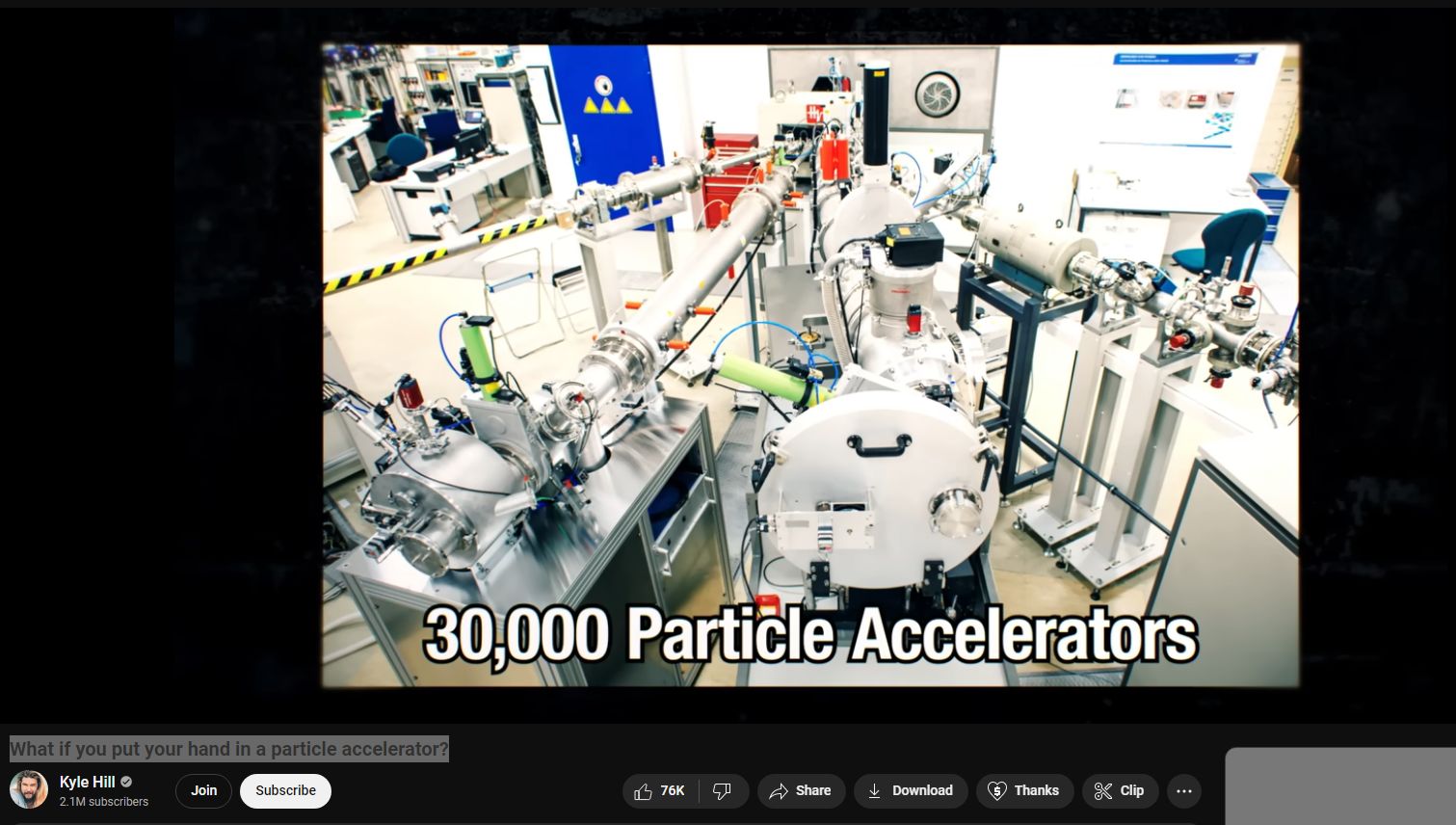
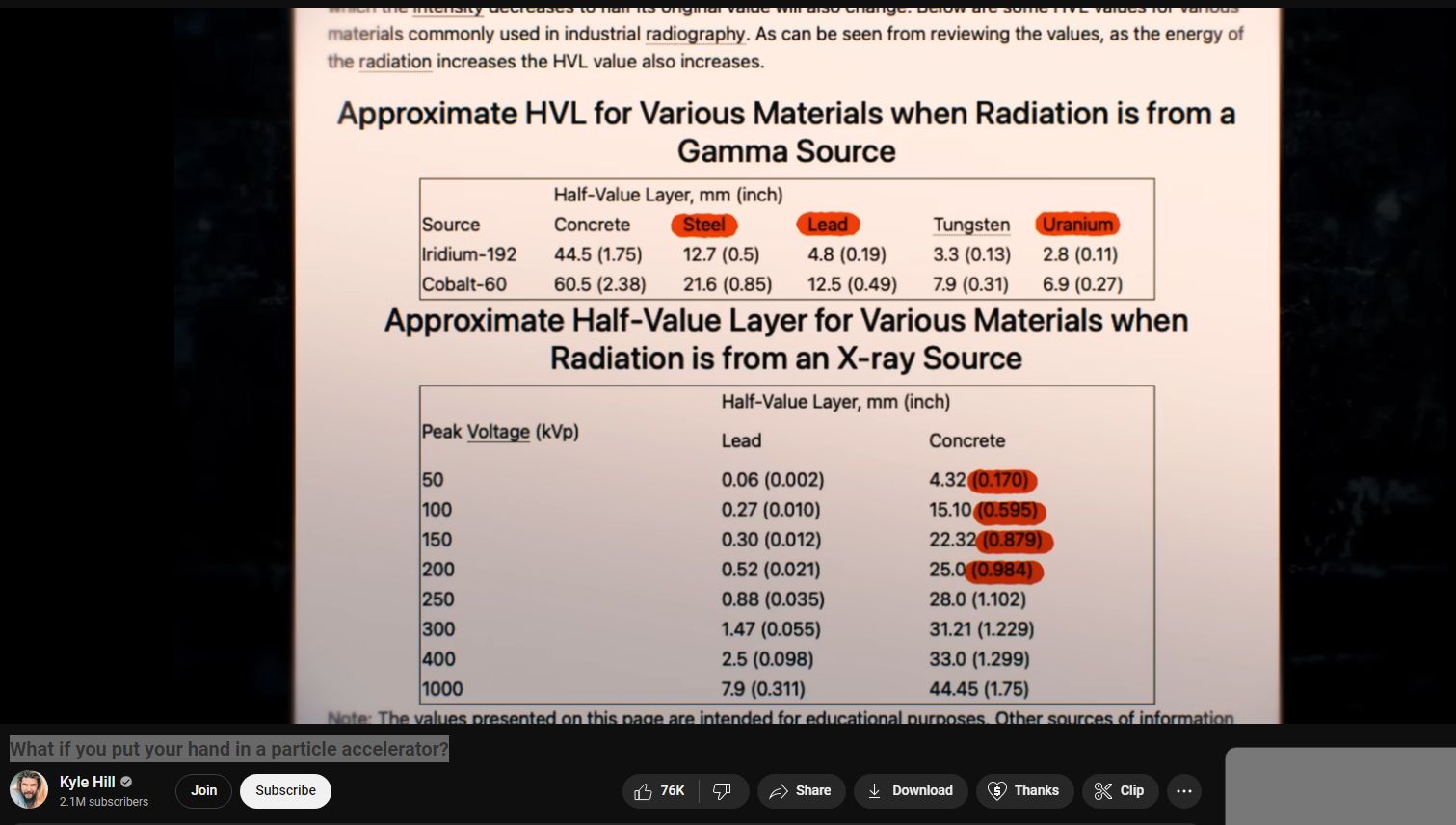
Cyclotron. “Proton merry-go-round”.
LINAC
RHIC
FERMILAB
CERN
Nuclear physics.
Video Comment — “Brookhavenl Natl Labs RHIC “ion gun” is 61.1 miles from WTC, at an angle of 119 degrees, and is headquartered in building number 911 (on Brookhaven campus). Do you have eyes to see? Apparently, if you fire an high-energy beam at, say, a collimating lens atop the Woolworth building, and then sweep the focused beam vertically along, say, a world trade center tower, amazing things can happen, including dustification of steel, concrete, aluminum, glass, ceramics and other physical materials. Also, tritium is produced, as evidenced by the ongoing federal lawsuit against Brookhaven for its local contamination of groundwater with tritium, and arguably also by the measured tritium excess found in NYC after the attacks. HUTCHISON EFFECT recreates all evidence found in NYC also in the lab. Pres Reagan foretold about “Star Wars” decades before it was arguably demonstrated to those with eyes to see. We live in interesting times.”
https://duckduckgo.com/?q=hanoi+incident+particle+accelerator